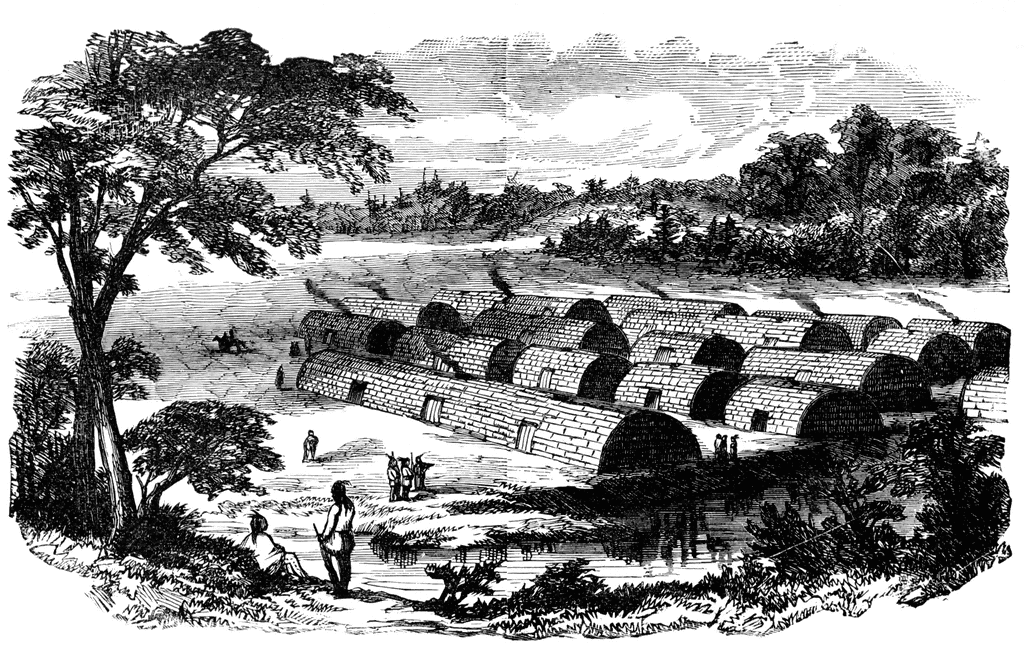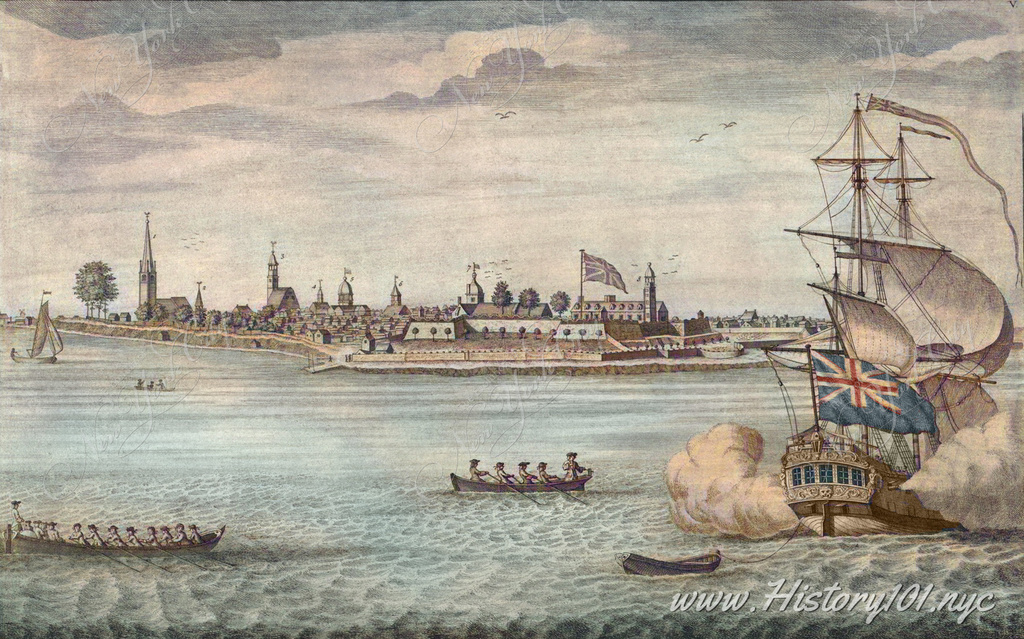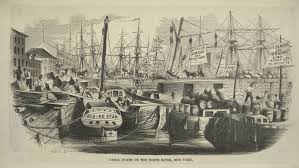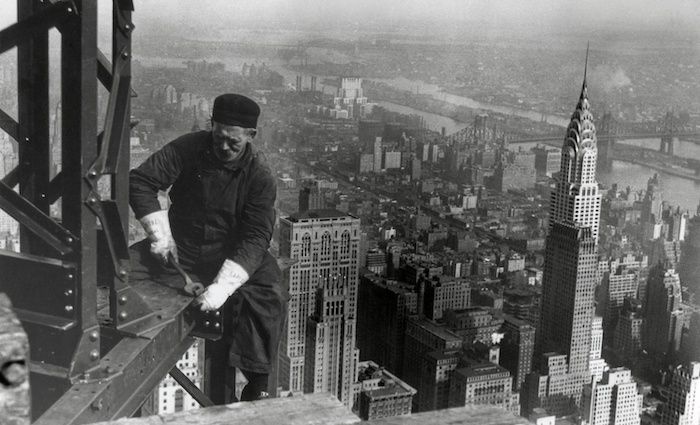The Enduring Saga of the Big Apple: A Comprehensive History of New York City Explained
New York City. The mere mention conjures images of towering skyscrapers, iconic yellow cabs, bustling Times Square, and the serene expanse of Central Park. But beneath the modern hustle and glitter lies a rich, multifaceted past that has shaped not just a city, but a global phenomenon. Understanding the history of New York City explained is to embark on a journey through centuries of transformation, resilience, and unparalleled growth. From its humble indigenous beginnings to its current status as a world capital, the story of the Big Apple is nothing short of epic.
As language experts, professional bloggers, and SEO specialists, we recognize the importance of diving deep into a topic to provide a truly comprehensive and engaging narrative. So, let’s peel back the layers and explore the incredible evolution of this legendary city, ensuring every pivotal moment in the history of New York City is thoroughly explained.
From Lenape Lands to New Amsterdam: The Early Days
Before European arrival, the land that would become New York City was home to various Algonquian-speaking Native American tribes, most notably the Lenape people. They thrived along the waterways, utilizing the abundant natural resources of the region for thousands of years. Their intricate knowledge of the land, its rivers, and resources laid the groundwork for future settlements.
The European chapter of the history of New York City began in 1609 when Henry Hudson, an Englishman sailing for the Dutch East India Company, explored the river that now bears his name. His reports of rich fur-trapping opportunities quickly drew Dutch traders to the area. In 1624, the Dutch established a trading post and small settlement called New Amsterdam on the southern tip of Manhattan Island. This fledgling colony was formally purchased from the Lenape in 1626 by Peter Minuit, a transaction famously (and perhaps controversially) involving goods valued at 60 Dutch guilders[1]. New Amsterdam quickly became a diverse, bustling port, attracting settlers from various European nations and even enslaved Africans, making it a melting pot from its very inception.
Life in New Amsterdam
- Diversity: Even in its early days, New Amsterdam was remarkably diverse, with residents speaking dozens of different languages.
- Trade Hub: Its strategic location at the mouth of the Hudson River made it a crucial center for the fur trade.
- Dutch Influence: Many street names and architectural styles in lower Manhattan still echo its Dutch origins.
British Rule and the American Revolution
The burgeoning Dutch colony, while prosperous, faced competition from the English. In 1664, during the Second Anglo-Dutch War, English forces seized New Amsterdam without a single shot fired. The colony was subsequently renamed New York, in honor of the Duke of York (the future King James II)[2]. This marked a significant turning point in the evolution of New York, transitioning from a Dutch trading post to a thriving British colonial city.
New York played a pivotal, though often tumultuous, role in the American Revolution. While it hosted early acts of defiance like the Sons of Liberty, the city was a Loyalist stronghold and served as the British military and political headquarters for much of the war after the Battle of Long Island in 1776. George Washington’s Continental Army famously retreated from the city, which remained under British occupation until 1783. After the war, New York briefly served as the first capital of the United States (1785-1790), where George Washington took his oath of office at Federal Hall.
19th Century Expansion: A City of Immigrants and Innovation
The 19th century witnessed an explosion in New York City’s population and prestige. The opening of the Erie Canal in 1825 was a game-changer, connecting New York Harbor to the Great Lakes and making the city the premier port for American commerce. This era solidified its status as a commercial powerhouse.
Immigration became the driving force behind NYC’s rapid expansion. Waves of Irish, German, Italian, and Jewish immigrants poured into the city, seeking opportunity and escaping hardship. Ellis Island, which opened in 1892, became the gateway for millions, forever cementing New York’s identity as a city built by newcomers[3]. This influx led to the rapid development of neighborhoods, infrastructure, and an unparalleled cultural tapestry.
Key 19th-Century Developments:
- Urbanization: Rapid growth led to the construction of tenement buildings and the development of public parks, including the iconic Central Park (completed 1873).
- Infrastructure: The Brooklyn Bridge, an engineering marvel, opened in 1883, physically connecting Manhattan and Brooklyn and symbolizing the city’s ambition.
- Consolidation: In 1898, the five boroughs – Manhattan, Brooklyn, Queens, The Bronx, and Staten Island – consolidated to form the Greater New York City, creating the modern municipal entity we know today.
The 20th Century: Rise to Global Metropolis
The 20th century saw New York ascend to its undisputed status as a global metropolis, a beacon of commerce, culture, and innovation. The Roaring Twenties brought unprecedented economic prosperity and cultural vibrancy, giving rise to jazz clubs, speakeasies, and the Harlem Renaissance – a flourishing of African American art, music, and literature. The construction of iconic skyscrapers like the Empire State Building and the Chrysler Building redefined the city’s skyline and its ambition.
Despite the challenges of the Great Depression and World War II, New York City emerged stronger. It became the home of the United Nations Headquarters in 1952, solidifying its role on the international stage. The post-war era saw continued economic growth, suburbanization, and the rise of cultural movements like the Beat Generation and later, punk and hip-hop, each adding new layers to the city’s complex identity.
The Modern Era and Beyond
The late 20th and early 21st centuries brought new challenges and triumphs. The city faced economic downturns, rising crime rates in the 1970s and 80s, and then a remarkable resurgence in the 1990s. The tragic events of September 11, 2001, tested the city’s resilience like never before, but New Yorkers responded with unwavering strength and unity, rebuilding and reaffirming their spirit.
Today, New York City continues to evolve. It remains a global financial hub, a center for arts and fashion, a culinary mecca, and a leader in technology and innovation. Its diverse population, drawn from every corner of the world, continues to shape its dynamic culture and endless possibilities. The history of New York City explained is not just a recounting of past events; it’s a testament to the enduring human spirit, the power of ambition, and the constant reinvention that defines the Big Apple.
Why NYC’s History Matters
Understanding the intricate history of New York City offers profound insights into American identity, urban development, and global interconnectedness. It’s a narrative of continuous migration, cultural fusion, and economic transformation. Each era has left an indelible mark, contributing to the city’s unique character – a blend of grit and glamour, innovation and tradition, chaos and charm. It’s a city that continuously reinvents itself while proudly carrying its past.
To truly grasp the essence of the Big Apple, one must appreciate its complex journey from a small trading post to an international icon. The New York City history is a living saga, constantly being written by its people.
Further Exploration of New York City’s History
For those eager to delve even deeper into the comprehensive story of the Big Apple, this video offers a fantastic visual journey:
References
- [1] Wikipedia. (n.d.). History of New York City. Retrieved from https://en.wikipedia.org/wiki/History_of_New_York_City
- [2] History.com Editors. (2023, December 14). New York – Native American tribes, Immigration & the Harlem Renaissance. HISTORY. Retrieved from https://www.history.com/topics/us-states/new-york
- [3] NYC.gov. (n.d.). Important NYC Dates. The City of New York. Retrieved from https://www.nyc.gov/site/Immigration/immigrants/important-dates-in-NYC-history.page







